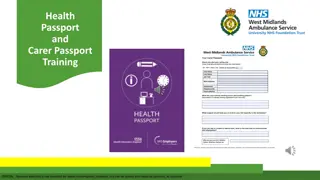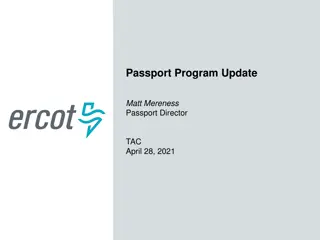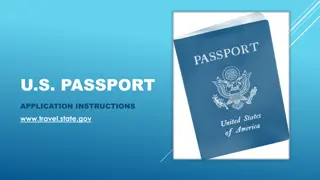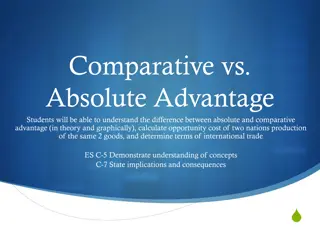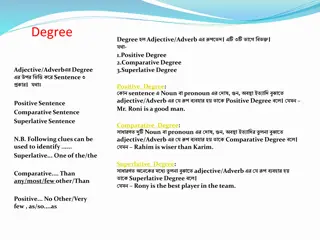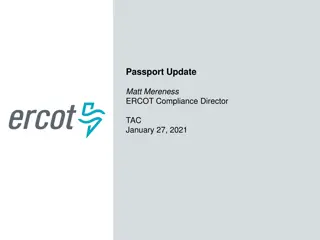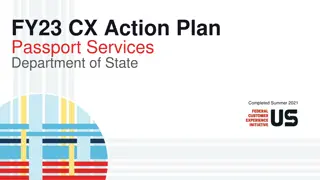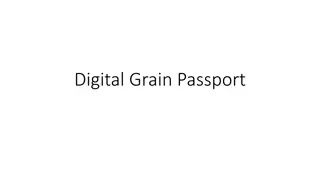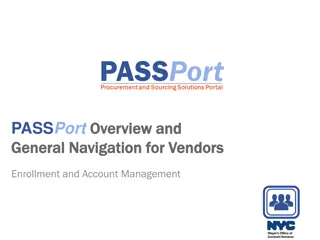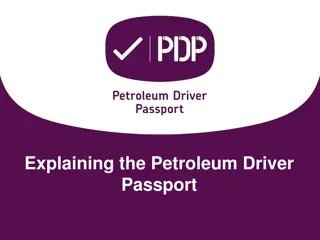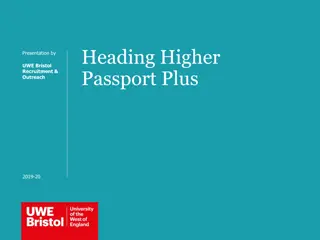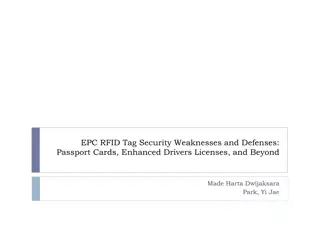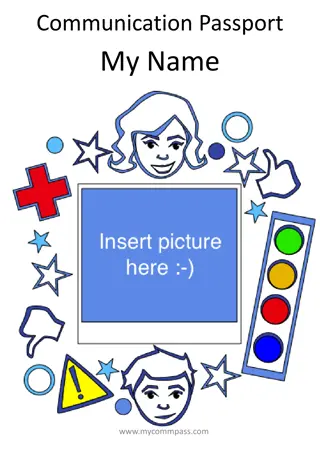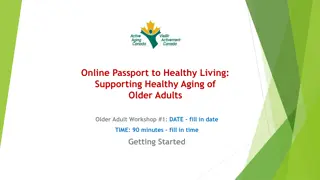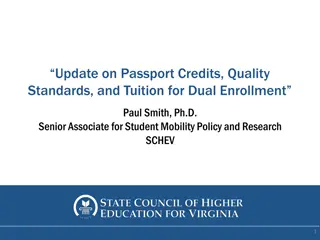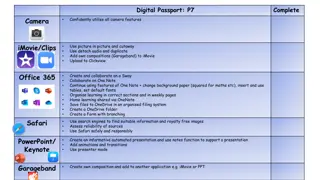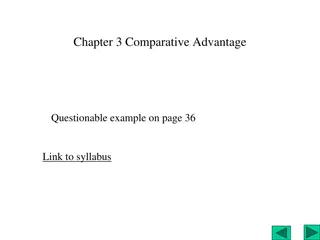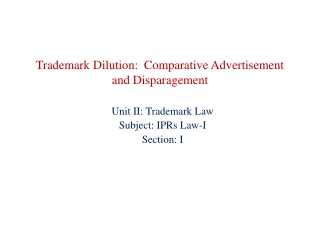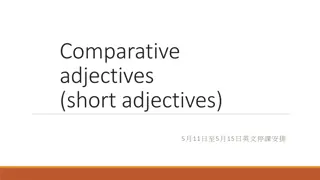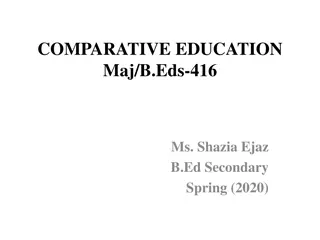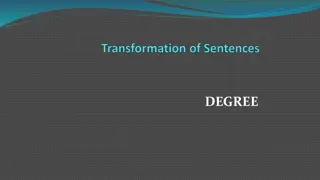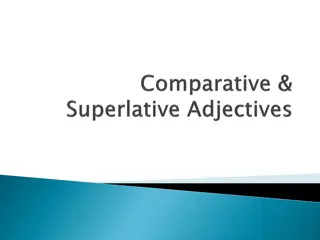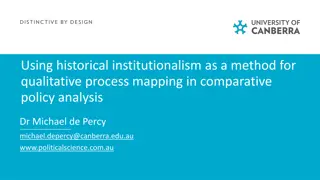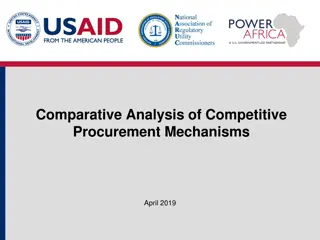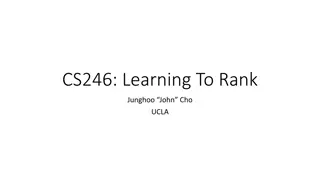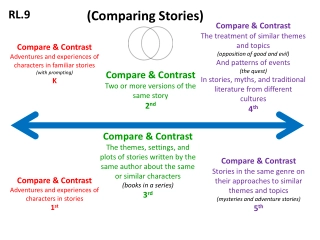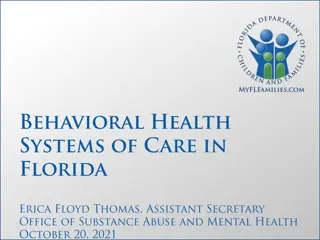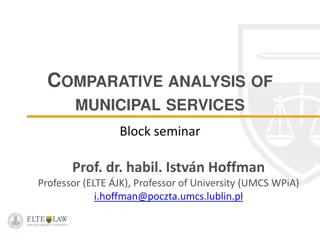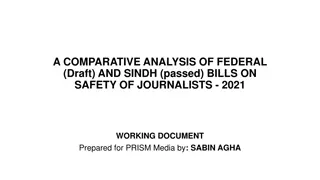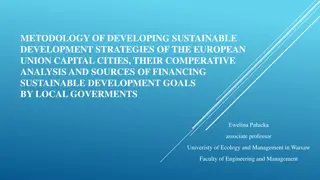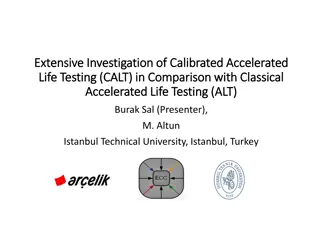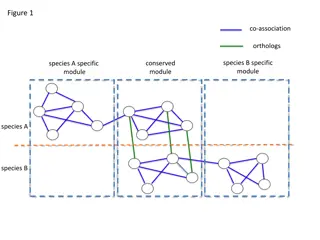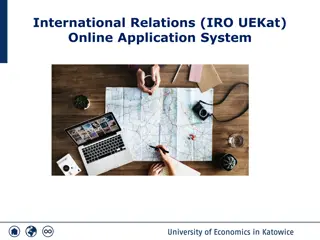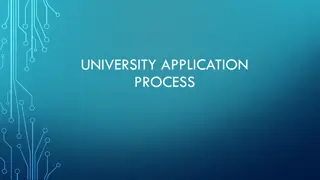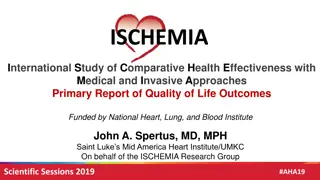Optimizing Passport Application Process: A Comparative Analysis
Jen and Veronica took different approaches to obtaining their passports. Jen visited the passport office in person, while Veronica researched requirements online. Jen's hands-on approach required multiple visits, while Veronica's online prep streamlined the process. Evaluating their methods can help future travelers choose the most efficient route.
Download Presentation

Please find below an Image/Link to download the presentation.
The content on the website is provided AS IS for your information and personal use only. It may not be sold, licensed, or shared on other websites without obtaining consent from the author. Download presentation by click this link. If you encounter any issues during the download, it is possible that the publisher has removed the file from their server.
E N D
Presentation Transcript
Consider the following processes: Jen was planning a trip to Europe and needed to get a passport. She drove to the local passport office, got in line, and waited. When it was her turn, she explained to the clerk what she was there for. The clerk asked her if she had filled out a DS-11 form, and if she had her driver s license, proof of citizenship, passport photo, and a check or money order. Sarah did not have proof of citizenship, a passport photo, or a checkbook with her, and she hadn t filled out a DS-11 form. The clerk gave her the DS-11 form, but informed her that she would have to bring all the other items with her in order to get a passport. Sarah asked where to get a passport photo. The clerk explained that she could get a passport photo taken at a UPS store or Walgreen s or other similar businesses. Sarah went and had a passport photo made, then gathered all the documents she needed and a checkbook, then returned to the passport office the next day. She submitted everything, got her passport in the mail six weeks later, and off to Europe she went.
Next Veronica was planning a trip to Europe and needed to get a passport. She opened www.usa.gov/passport on her internet browser to see what all she would need before going to a passport office. She saw that she would need a completed DS-11 form, a driver s license, proof of citizenship, a passport photo, and a checkbook. She researched where to get a passport photo, gathered her materials, and went to get her photo made. Once she had the photo, she went to the passport office to request a passport. She received a passport in the mail six weeks later and off to Europe she went.
Assess Whose approach was better, Jen s or Veronica s?
Reading for Fun It s a choice! Selected by interest Done at your own pace Concentration and/or focus needed can vary Can do at bedtime
Academic Reading Implement a plan -- Before starting to read, preview the text and consider context, ask questions and set a purpose Read intently, giving the text your undivided attention Reading for Comprehension Answer questions, summarize, discuss and use active study strategies
Types of College Reading Textbooks Supplemental Additional Assigned Readings Research
What to do with Textbooks Your syllabus schedule will list what will be covered in each class. In general, what will be covered in class corresponds to a chapter or chapters in a textbook. If this is the case, read this material before class. Doing so will help you: Start the learning process Make connections to what you already know Stay focused during lecture Ask questions You might also read to clarify anything you were unclear about during lecture or as part of your exam preparation.
Supplemental Reading Take charge of your own learning! Supplemental reading can help: Provide a greater understanding of course material Understand the larger context
Additional Assigned Reading You may be assigned other readings for an in- class exercise, an out-of-class assignment or project, or an exam. Your instructor should make clear what your purpose is in completing these readings.
Managing Reading Time Schedule time for assigned and supplemental reading; obviously, you ll prioritize graded work, but reading for class is something you will be tested on eventually. So, even if you don t have a test/quiz on what you re reading tomorrow or this week, it s still important you do it. Find a time and setting that fosters concentration and focus, which are critical for comprehension.
Get in the Zone Become aware of when and where you read most effectively, as well as for how long Remove distractions
Academic Reading Processes SQ3R/SQ4R Survey Question Read Record Recite Review KWL Know Want to Know Learn
Active Reading Ways to Enhance Retention 1. Annotating/Highlighting 2. Summarizing 3. Outlining
Annotating/Highlighting Number paragraphs Divide the text into chunks Read an entire chunk before marking Underline, highlight, make notes, ask questions, make connections with purpose and via a system Avoid over-annotating (Do not be a happy highlighter.)
Artifacts Making a Record of What You Read Answer chapter-end questions Take practice tests Define key terms Incorporate information from the reading into your notes Create study materials
Takeaways Read! Locate places where you can read effectively Implement a strategy, at least preparing before you begin, setting a purpose, reading actively, and reviewing


